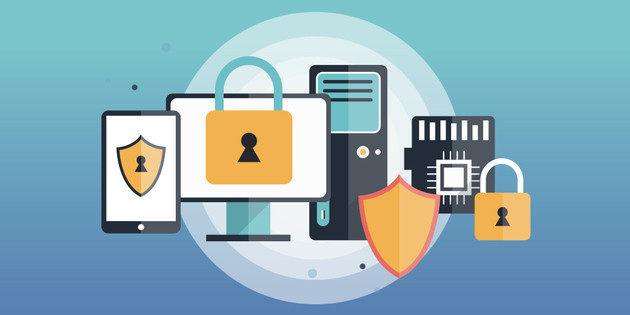IT Security Handbook

At the core, protecting information is being aware that certain types of data should be kept secure. Here is a list of fundamentals to get you started:
- Never give out your username and password to anyone including Highline ITS staff. We will never ask for your password.
- Keep operating systems and applications up to date by applying all critical software patches.
- Use anti-virus software and keep it updated to protect against the latest threats.
- Use strong passwords with a combination of letters, numbers, and special characters, and change passwords regularly.
- Avoid using the same password for multiple websites, accounts, and applications.
- Know the type and volume of data you have and safeguard it accordingly.
- Back up data on a regular basis, and purge data that you are no longer required to keep.
- Protect laptops and other mobile devices from theft, protect them with a login password, and enable encryption when possible.
- Lock your computer and other devices when they are unattended.
- Before clicking on any links within an email, verify that the email is from a sender that you know and trust.
- Look for the lock icon and https:// prefix when logging in or entering sensitive information on web pages.
- Use the privacy and security settings on social networks to control who sees what you post.
Passwords
Passwords
A great way to help protect your personal data, as well as the College’s data, is by using a good password. Here is some information on how to create a keep track of strong passwords.
Phishing
Phishing
Cyber criminals use phishing to steal personal information such as account usernames and passwords, social security numbers, or credit card numbers. Learn how to recognize spam, phishing to help keep yourself safe from theft, scams and fraud.
Viruses & Malware
Viruses & Malware
Cyber criminals can utilize vulnerabilities in your device and software to gain access to your device and information.
Mobile Devices
Mobile Devices
Taking steps to secure your mobile device can help secure your device and information.
Social Media
Social Media
Be cautious with information sharing. Maintain your personal privacy settings on social media systems and do not allow any personally identifiable information to become visible to others.

